This shit is bananas!
What if we told you that the most important solution for fighting climate change is literally on your plate, in the fridge, but also too often in the trash?
Food waste is a waste of resources and a waste of money, but by fighting food waste you also make a huge positive impact on the climate. With small changes and without tree-hugging, you can make a serious difference!
What do we mean by food waste?
By food waste we mean; “edible food that is thrown away or goes to waste untouched”. Food that is perfectly fine for consumption, but for various reasons ends up in the trash instead of on your plate.
Due to a failed cultivation, because it does not meet the cosmetic standards of the supermarket or because it is forgotten on the bottom of your fruit bowl, for example. In this way we waste 1,600,000,000,000 kilos of food worldwide (!!!) An enormous amount with an even greater impact on the environment, the economy and our society.
Environment
As soon as food ends up in the dump, methane gas is released. 8% of global greenhouse gas emissions come from food waste.
If food waste were a country, it would be the third largest source of greenhouse gas emissions (a part form China and the United States).

If food waste were a country, it would be the third largest source of greenhouse gas emissions (a part form China and the United States).

A quarter of the food wasted in Europe and the US could feed anyone currently experiencing food shortages.

Just think about it; in the UK alone 1.4 million bananas are thrown away every day
Food waste chain
Globally we produce 4.678 million tons of food per year. Of which not less than a third is wasted. By far, fruit and vegetables are wasted the mosted.
 Who wastes what
Who wastes what
- Supermarkets 5%
- Hospitality 14%
- Manufacturer 39%
- Consumer 42%
A large amount of the food we waste is already rejected at the grower or manufacturer. Due to failed cultivation or ridiculously high quality demands. The latter actually also happens further down the chain. For example, overly strict customs regulations make for perfectly edible food not meeting unrealistic (cosmetic) standards and therefore ends up being destroyed. Supermarkets too, waste tons of food due to the fact that we have grown to be used to an idealistic image of how food products should look like, but also due to miscalculations and it often being the more cost efficient and easy "solution". Finally, a lot of food waste happends at home. We buy and cook too much, store it wrong and are used to trusting 'best before dates' over our own eyes and noses.


- Oilseeds and legumes 3%
- Meat 5%
- Dairy 9%
- Carrots and tubers 18%
-
Grain
22% - Vegetables and fruit 42%
- Fish and shellfish 1%
Impact on our climate
That food waste is a huge waste of food and money, that's obvious, but it's also an enormous waste of wasted resources. The energy put into cultivation, packaging, transport and processing goes to waste as well. Besides those raw materials, a lot of water is needed for food production and let's not forget all the co2 emissions throughout the entire chain.
Every year 100 million tons of bananas are cultivated (100.000.000.000 kilos!)
Bananas are by far the most wasted type of fruit.
They are thrown away because they're too small, too big, too green or too yellow. Not only at the grower, but also at arrival in the ports billions of bananas and up being wastes (50 million kilos worldwide to be exact).
The later food is wasted a long the chain, the more raw materials have been used and the bigger the impact on our climate.


Wasting one kilo of bananas equals;
- 790 liters of water
- 0,9 kilos of CO2
- 16 showers
- 55 washes
- 6 km by car
- 3,5 km vliegen
- 71 km by train
- 23 toilet flushes
What can you do:
- Choose for products made from rescued foods
